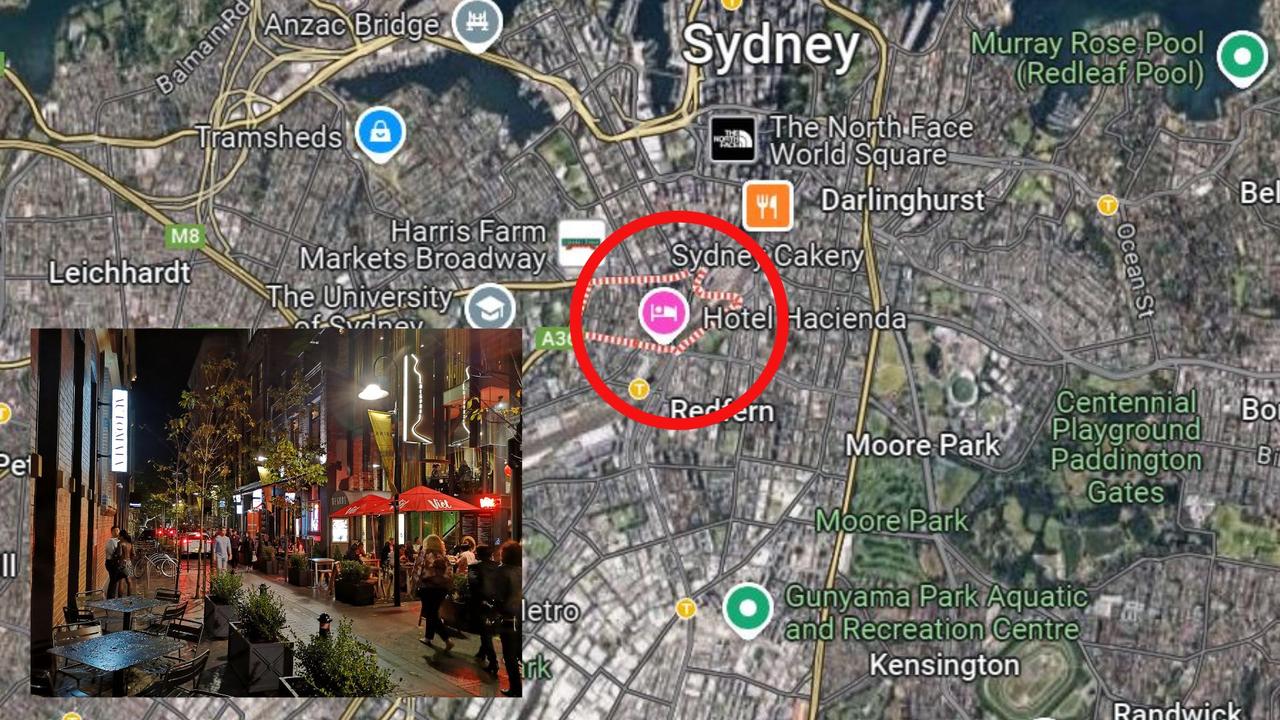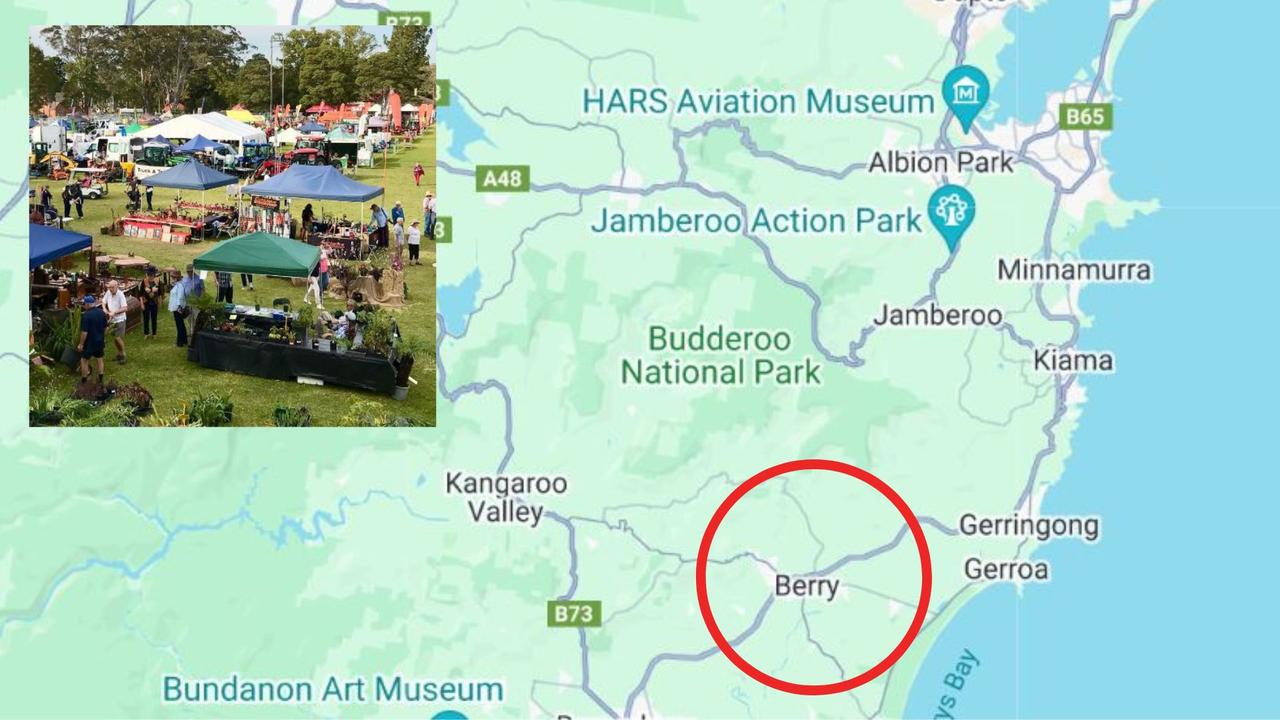The horror places the world wants to visit
From Auschwitz to Chernobyl, places with sinister pasts have long attracted tourists. But some spots are so grim they’ve been struck off the “dark tourism” trail.
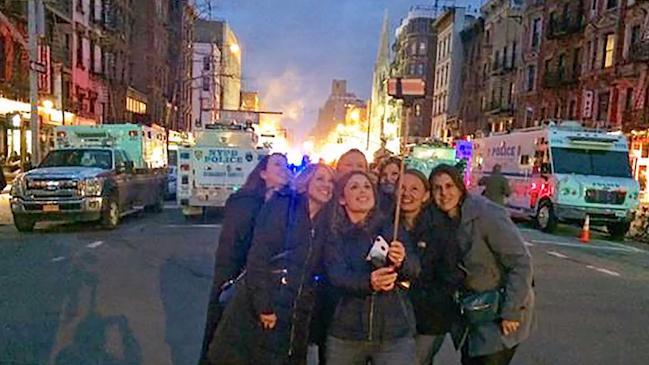
If travel is to broaden the mind, it has to be about more than cocktails and views.
Sometimes it’s about acknowledging the fact that human history is made up of disaster and evil, alongside great works of art, architecture and ingenuity.
So-called “dark tourism” involves visiting destinations synonymous with tragedy and horror, and can range from the wildly inappropriate to the respectful and moving.
In the former category is the likes of the Belanglo State Forest “extreme terror” tour of Ivan Milat murder locations, shut down by the NSW government in the wake of outrage from the families of Milat’s victims, and right-minded people the country over.
In the latter is the likes of the 9/11 Memorial in New York City which treat the dark history they present as an opportunity to educate and commemorate.
Erica Kritikides, Intrepid Travel product manager, isn’t a huge fan of the term “dark tourism”, calling it “slightly sensationalist”.
“The practice itself has a long history in tourism,” she says.
“There are a number of factors that drive tourists to visit these places – curiosity certainly, but also the desire to commemorate, understand and stand in solidarity with those affected.”
FORGET THE BUCKET LIST, HERE’S MY F— IT LIST
‘DARK’ DESTINATIONS SUDDENLY ON THE RADAR
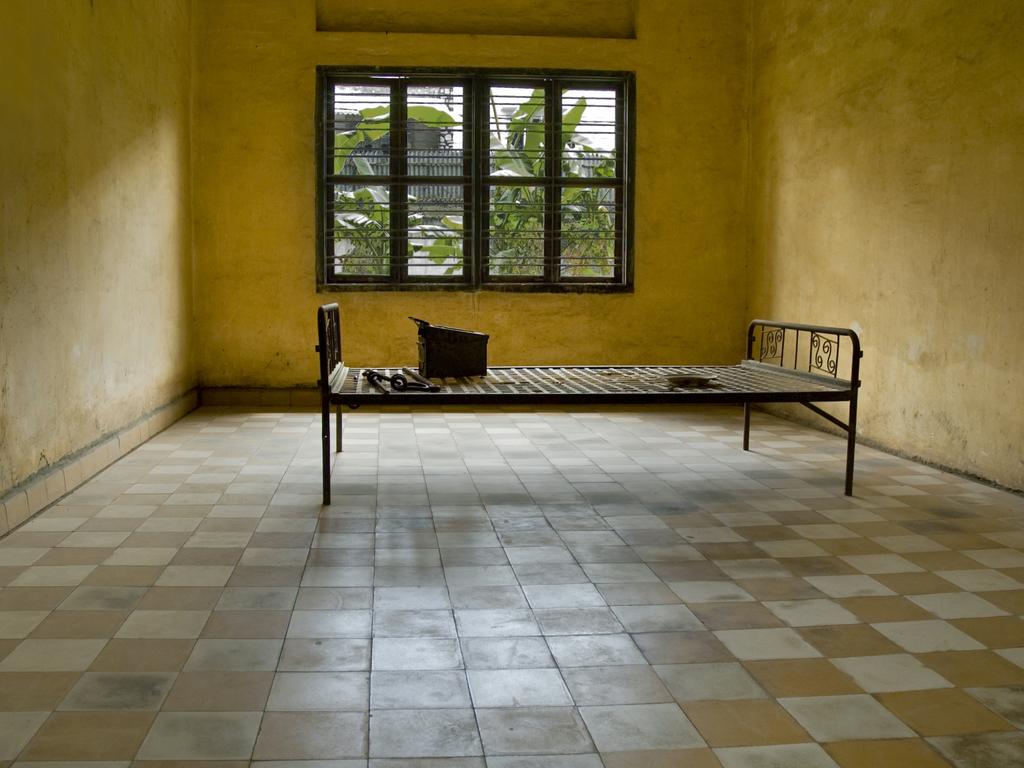
Various Intrepid trips include elements of “dark tourism”. For example, the company’s 14-day Best of Cambodia trip includes a visit to Tuol Sleng Genocide Museum – once a Khmer Rouge base synonymous with torture, and Choeung Ek, a memorial to torture victims and the site of the Killing Fields.
“At Tuol Sleng, guides are often people who were imprisoned there and, at Choeung Ek, tours are led by a local guide who lived the experience,” Erica says.
Involving local people and survivors is one way Intrepid ensures visits are respectful and educational, she says, while bringing tourist dollars to areas that often desperately need them.
“All Intrepid trips are led by local leaders who ensure our travellers have prior briefing, not only on the context of the site they are visiting but also on how to experience these places in the most sensitive way,” Erica says.
Other sites included on Intrepid trips are former gulags Perm-36 and Solovetsky Islands in Russia, Khatyn in Belarus, where all but one man from the village of 149 people, including 75 children, were slaughtered by German forces in 1943, and memorials in Hiroshima and Nagasaki in Japan.
The company rules out including any sites where the locals don’t want tourists (such as “sky burials” in Tibet), or places whose only drawcard is shock value. “We avoid the Vegetarian Festival in Phuket due to aspects of self-mutilation,” Erica says.
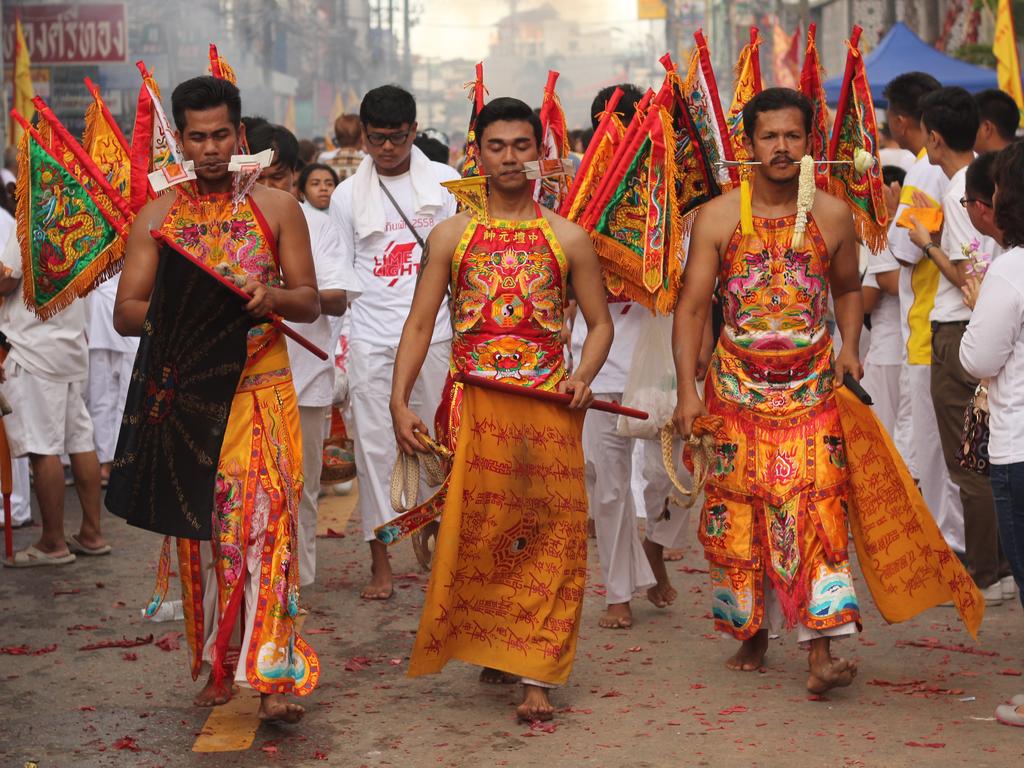
Deb Trewavis, manager of Helloworld Travel Monbulk in Victoria, just returned from a visit to Chernobyl – the location of the infamous 1986 nuclear disaster.
“It was somewhere I’d always wanted to go. I don’t know why but I’ve always been fascinated, for years and years,” she says. “It sounds like I’m a bit of a dark person but not at all. I’m just fascinated by history.”
Her desire to visit stemmed from seeing photographs of the eerie remains of the reactor, and the nearby town of Pripyat, but with the release last year of the eponymous HBO mini-series, Deb was far from alone in wanting to visit.
“As a destination it’s just gone off. The operators can’t keep up,” she says. She visited with a certified guide, as is required by the Ukrainian government, spending two days in the area (while wearing a radiation monitor at all times).
The visit included exploring the reactor and control rooms, lunch in the reactor’s cafeteria – still used today by decontamination workers – and a day in abandoned Pripyat, which sees up to 1500 tourists per day.
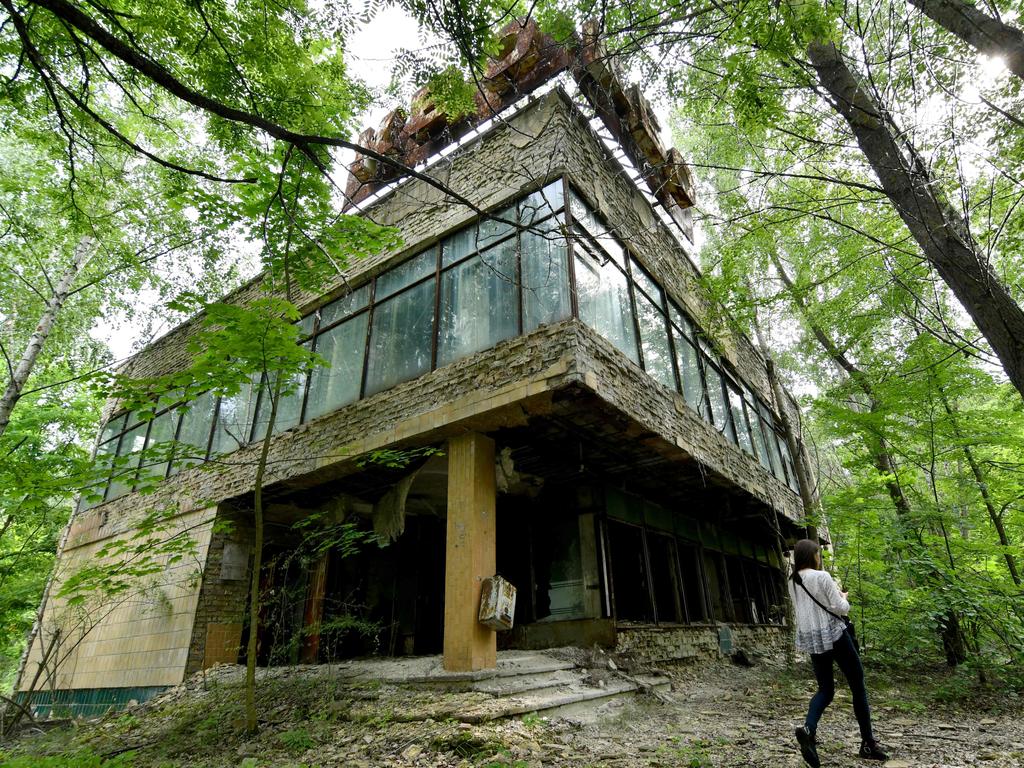
There were no bikini-clad Instagram twits posing in front of crumbling buildings, as occurred in the wake of the release of Chernobyl, but Deb says her guide was irritated by the proliferation of tour companies using huge ATVs to ferry visitors around.
“She was quite cross about it. It’s a memorial. You need to be respectful,” Deb says. And therein lies the key.
On the latter part of her trip, Deb visited Auschwitz. “You can’t come away from it without being moved. You just question how did it happen, how did humans allow this to happen? It makes you step back and think about it,” she says.



